The Pacific Northwest stands as America’s premier waterfall destination, where abundant rainfall, volcanic geology, and dramatic elevation changes create thousands of cascades ranging from roadside ribbons to thundering giants that can be heard for miles. The region’s unique combination of maritime climate and mountainous terrain produces year-round water flow that keeps these natural spectacles active even during summer months when many waterfalls elsewhere run dry. From the Columbia River Gorge’s concentration of major falls to the remote cascades hidden in Olympic rainforests, waterfall hunting has become a defining Pacific Northwest adventure.
These road trips combine the region’s spectacular driving routes with access to some of North America’s most impressive waterfalls, creating journeys that satisfy both scenic driving enthusiasts and waterfall seekers. Here is a list of 20 Pacific Northwest waterfall road trips that showcase the incredible diversity and beauty of the region’s cascading waters.
Columbia River Gorge Historic Highway
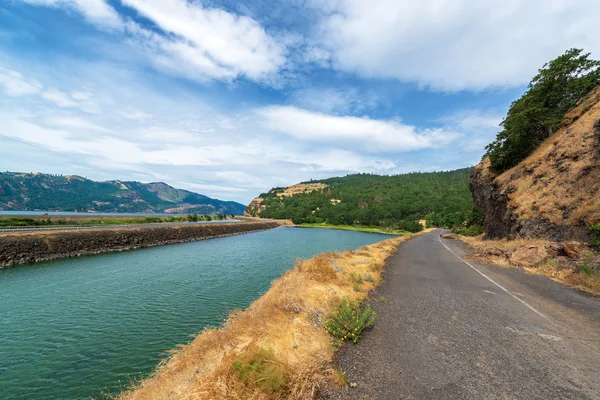
The Historic Columbia River Highway provides access to more major waterfalls than any other single route in America, with Multnomah Falls serving as the crown jewel of this 75-mile scenic drive. This engineering marvel from 1915 winds through the Columbia River Gorge, offering stops at Latourell Falls, Bridal Veil Falls, Wahkeena Falls, and dozens of smaller cascades that flow directly from the basalt cliffs above the highway.
The route demonstrates how thoughtful road design can provide intimate access to natural wonders while preserving the landscapes that make them special.
Mount Hood Scenic Byway
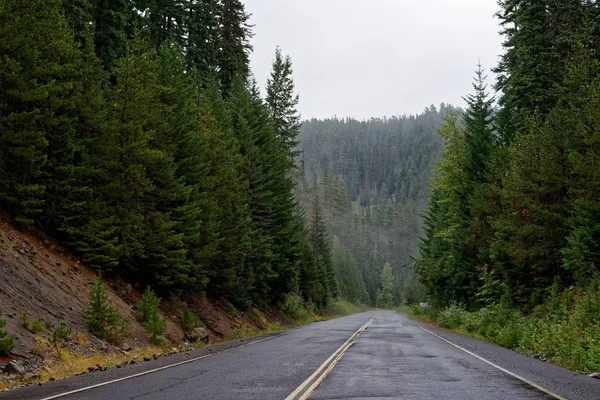
The Mount Hood Scenic Byway creates a loop that showcases waterfalls on both the western and eastern slopes of Oregon’s highest peak, with dramatically different characters reflecting the mountain’s rain shadow effect. The western approach features lush cascades like Ramona Falls, where the Sandy River creates a fan-shaped waterfall over columnar basalt.
At the same time, the eastern route provides access to more austere falls in the high desert environment. This 105-mile loop demonstrates how elevation and climate create diverse waterfall experiences within a single mountain system.
Like Travel Pug’s content? Follow us on MSN.
Highway 14 Washington Waterfalls

Washington’s Highway 14 along the Columbia River provides the opposite perspective from the Oregon side, with waterfalls cascading down from the Washington Cascades into the gorge below. This route offers access to falls like Beacon Rock’s Hamilton Creek Falls and the more remote cascades that require short hikes from highway pullouts.
The drive showcases how the same geological forces that created Oregon’s famous falls also carved spectacular waterfalls on the Washington side of the Columbia River.
Olympic Peninsula Waterfall Circuit
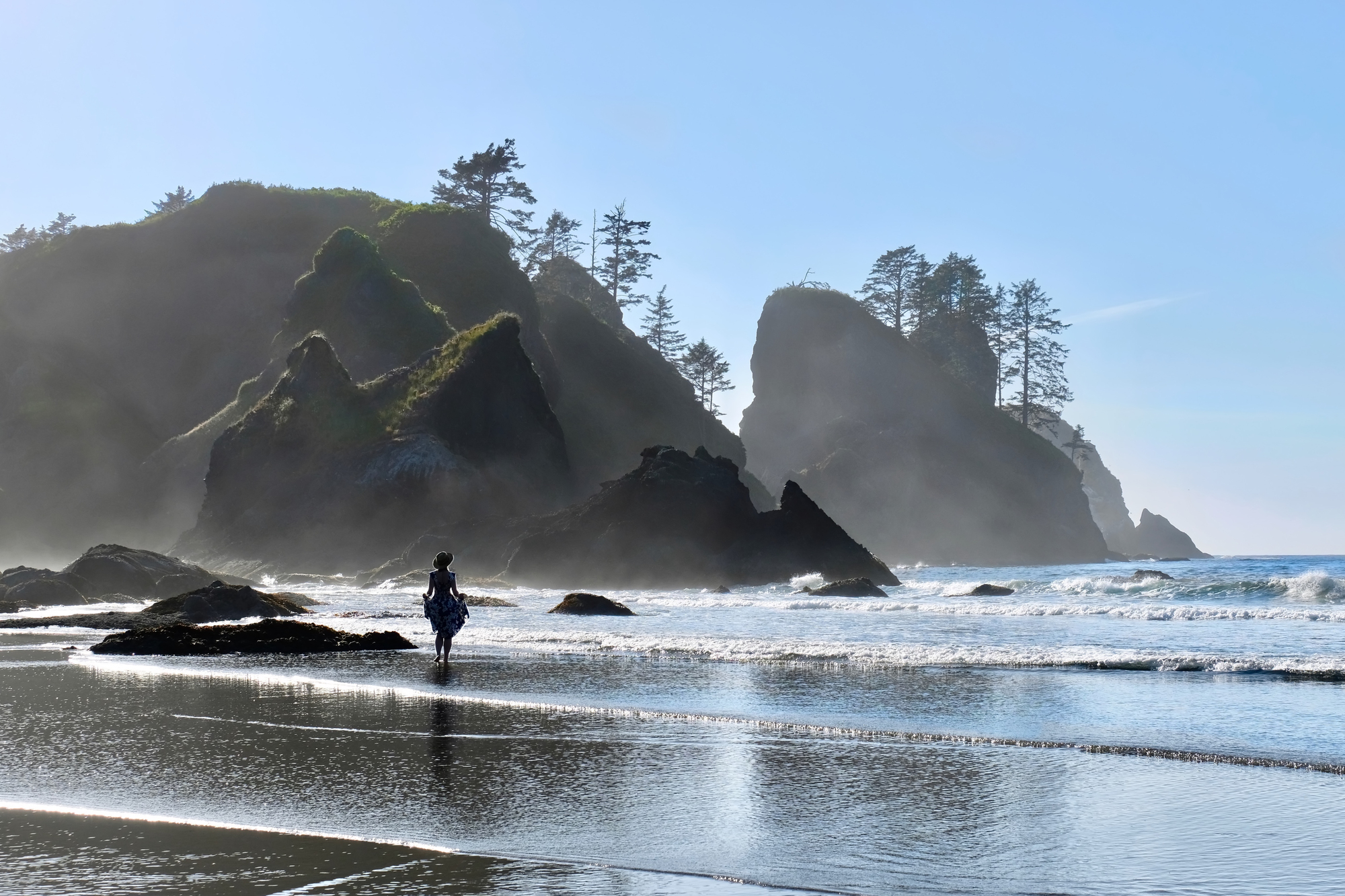
The Olympic Peninsula offers a diverse waterfall road trip that ranges from the temperate rainforest cascades of the Hoh River valley to the dramatic coastal falls near La Push. This route includes Sol Duc Falls, Marymere Falls near Lake Crescent, and Madison Creek Falls, each showcasing different aspects of Olympic’s varied ecosystems.
The circuit demonstrates how the peninsula’s extreme rainfall gradients create waterfalls that range from delicate forest streams to powerful river cascades fed by glacial melt.
North Cascades Highway Waterfalls

State Route 20 through the North Cascades provides access to some of Washington’s most dramatic alpine waterfalls, including the roadside cascade at Gorge Creek Falls and the more remote falls accessible from highway trailheads. This scenic byway passes through landscapes where glacial melt creates temporary waterfalls that change dramatically with the seasons and shifting snowmelt patterns.
The route showcases how high-elevation environments produce waterfalls that reflect the dynamic relationship between ice, snow, and flowing water.
Like Travel Pug’s content? Follow us on MSN.
Mount Rainier National Park Circuit
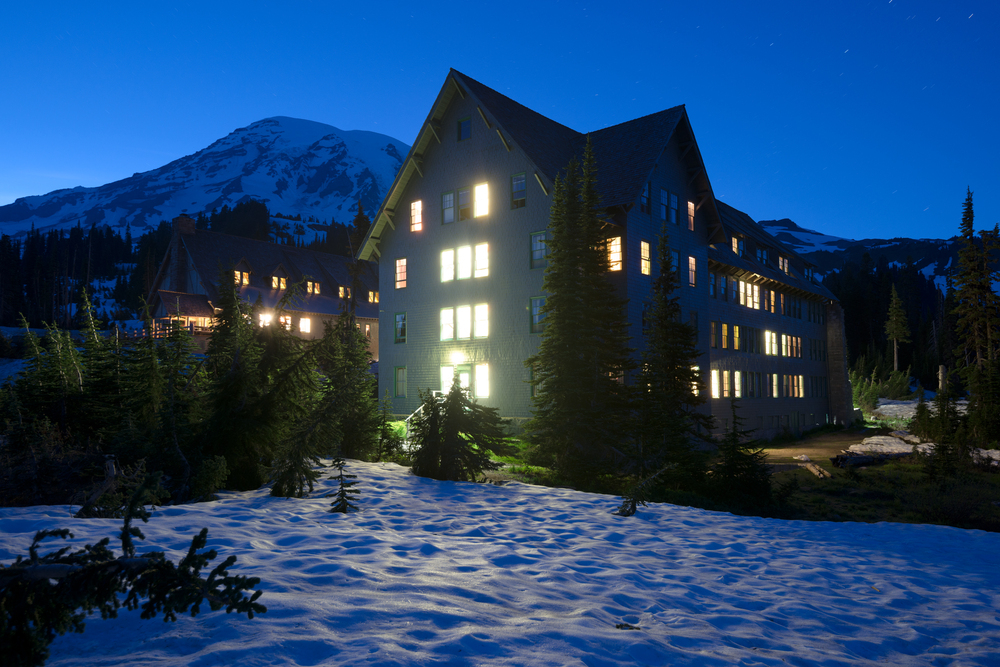
The roads around Mount Rainier provide access to waterfalls, ranging from the easily accessible Silver Falls to the more challenging hikes required to reach Comet Falls and other backcountry cascades. This route demonstrates how volcanic geology creates the conditions for spectacular waterfalls, with Paradise River, Nisqually River, and other glacial streams carving deep valleys filled with cascading water.
The circuit shows how national park roads can provide access to waterfall experiences while protecting the wilderness character that makes them special.
Snoqualmie Pass Waterfall Drive
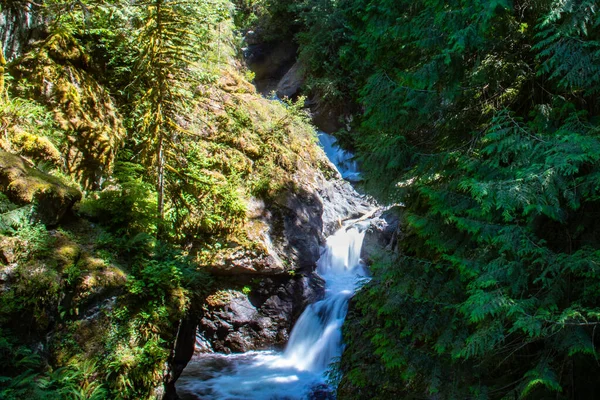
The drive along Interstate 90 and connecting forest roads near Snoqualmie Pass offers access to some of Washington’s most famous waterfalls, including the 268-foot Snoqualmie Falls that attracts visitors from around the world. This route includes shorter hikes to Franklin Falls, Denny Creek Falls, and other cascades that showcase the Cascade Range’s ability to produce waterfalls in heavily forested environments.
The area demonstrates how major transportation corridors can provide gateways to natural wonders without compromising their essential character.
Oregon Cascades Waterfall Scenic Byway
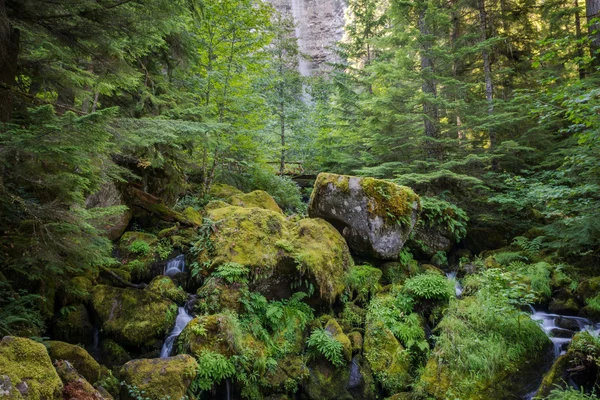
Highway 126 from Eugene to Sisters provides access to numerous Cascade Range waterfalls, including Sahalie Falls and Koosah Falls along the McKenzie River. This route showcases how volcanic activity has created the stepped terrain that produces Oregon’s characteristic multi-tiered waterfalls, with lava flows creating natural dams that force rivers into spectacular cascades.
The drive demonstrates the connection between geological history and the waterfall landscapes that define much of the Oregon Cascades experience.
Like Travel Pug’s content? Follow us on MSN.
Crater Lake Rim Drive Waterfalls
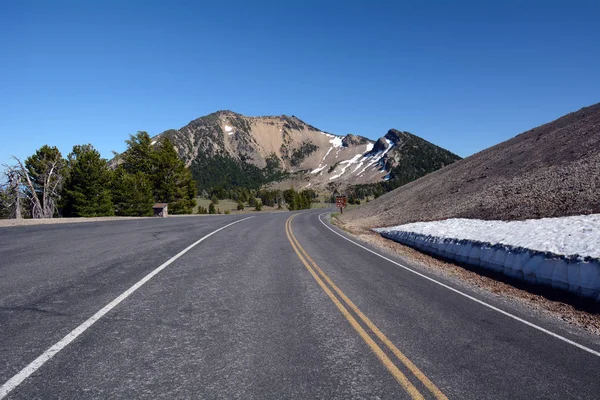
While Crater Lake itself dominates attention, the Rim Drive provides access to several waterfalls that cascade down the outer slopes of the caldera, including Vidae Falls and other seasonal cascades that flow during snowmelt season. This 33-mile loop showcases how volcanic landscapes create unique waterfall experiences, with flows that depend entirely on seasonal precipitation and snowpack.
The route demonstrates how, even in high-elevation environments, waterfalls can provide spectacular displays when conditions align properly.
Hood River Valley Waterfall Tour
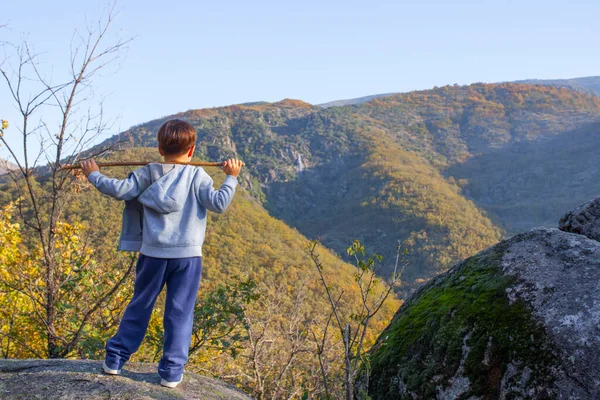
The Hood River Valley offers a concentrated waterfall experience with easy access to multiple falls, including Punchbowl Falls, Tunnel Falls, and Eagle Creek Falls, before the 2017 wildfire temporarily closed some areas. This route through the Columbia River Gorge tributaries showcases how relatively small watersheds can produce world-class waterfalls when the right geological conditions exist.
The area demonstrates both the power and fragility of waterfall ecosystems in the face of natural disasters and climate change.
Mount St. Helens Waterfall Recovery Route
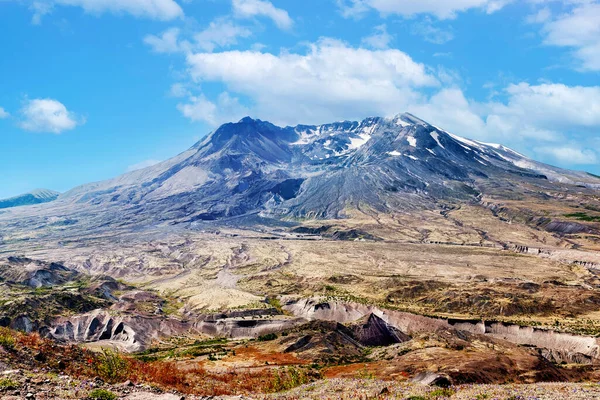
The roads around Mount St. Helens provide unique opportunities to observe how waterfall systems recover and evolve following major geological events like the 1980 eruption. This route includes new waterfalls created by the blast and mudflows, as well as existing falls that were dramatically altered by the eruption’s effects.
The drive showcases how dynamic geological processes continue to shape waterfall landscapes, creating new cascades while destroying or modifying others.
Like Travel Pug’s content? Follow us on MSN.
Gifford Pinchot Forest Waterfall Loop
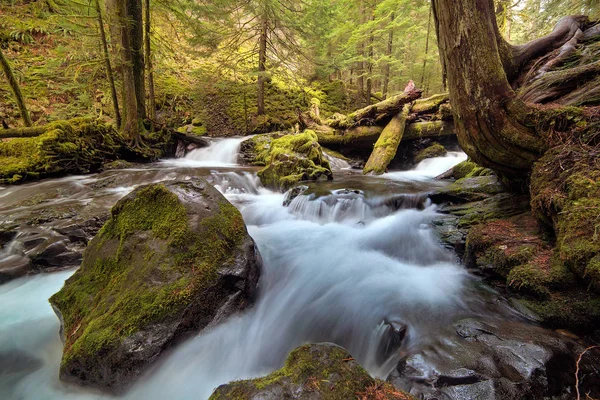
Forest roads in the Gifford Pinchot National Forest provide access to numerous waterfalls, including Lewis River Falls, Curly Creek Falls, and other cascades, which showcase the diverse waterfall experiences available in Washington’s southern Cascades. This route requires more adventurous driving on forest roads, but rewards visitors with waterfalls that see fewer crowds than the major highway-accessible falls.
The loop demonstrates how forest service roads can provide access to waterfall experiences that feel truly wild and undiscovered.
Willamette Valley Foothills Falls

The foothills west of the Willamette Valley contain numerous waterfalls accessible via scenic back roads, including Silver Falls State Park’s Trail of Ten Falls and the more remote cascades in the Coast Range foothills. This route showcases how relatively low-elevation environments can produce impressive waterfalls when winter rainfall and spring snowmelt combine with appropriate geological conditions.
The area demonstrates how waterfall road trips don’t require high mountains to provide spectacular cascading water experiences.
Mount Baker Highway Waterfalls
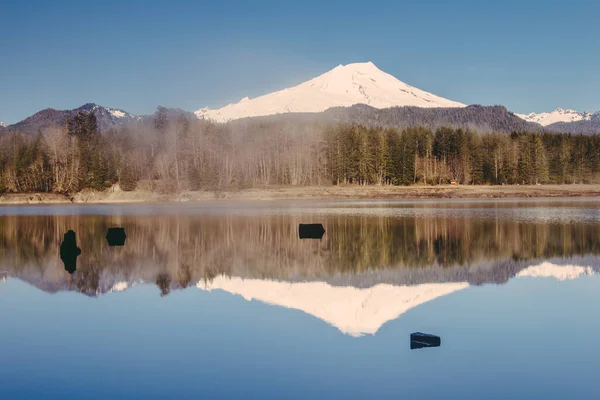
State Route 542 toward Mount Baker provides access to numerous waterfalls, including Nooksack Falls and the cascades accessible from forest roads that branch off the main highway. This route showcases how glaciated peaks create the sustained water flow necessary for year-round waterfall displays, with glacial melt supplementing rainfall to maintain flows even during dry summer months.
The drive demonstrates the connection between high-elevation ice and the valley waterfalls that depend on glacial water sources.
Like Travel Pug’s content? Follow us on MSN.
Umpqua National Forest Waterfall Circuit
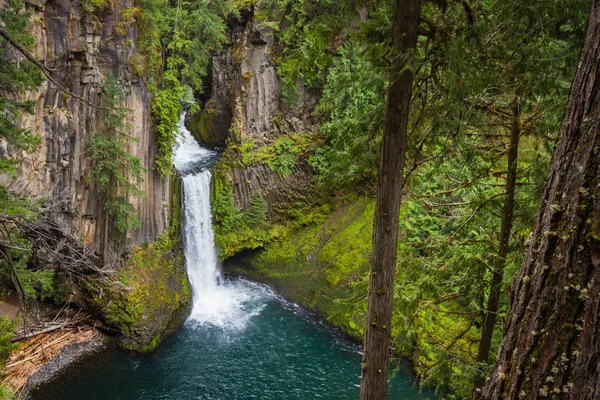
The roads through Oregon’s Umpqua National Forest provide access to numerous waterfalls, including Watson Falls, Toketee Falls, and other cascades, which showcase the diverse geological formations that create southern Oregon’s waterfall landscapes. This route includes waterfalls formed by both volcanic activity and erosional processes, demonstrating how different geological forces can create spectacular but distinctly different types of cascading water displays.
The circuit shows how forest roads can provide access to waterfall experiences that range from roadside viewing to backcountry adventure.
Rogue River Waterfall Drive
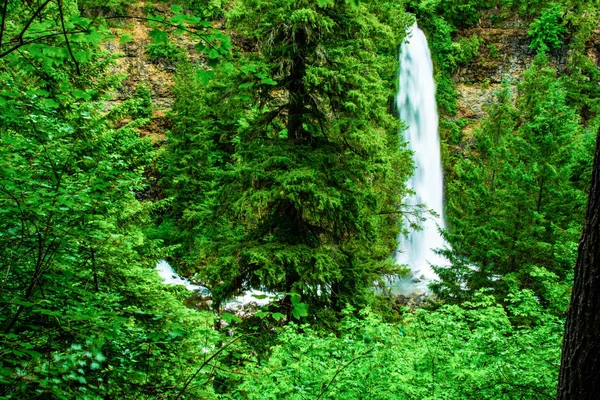
Highway 62 along the upper Rogue River provides access to numerous waterfalls, including Mill Creek Falls, Barr Creek Falls, and other cascades that showcase how river systems carve spectacular gorges through volcanic landscapes. This route demonstrates how major river systems create corridors filled with tributary waterfalls, each reflecting the unique characteristics of its watershed.
The drive shows how following river valleys can provide concentrated waterfall experiences while showcasing the broader landscape systems that support them.
Mount Jefferson Wilderness Access Falls
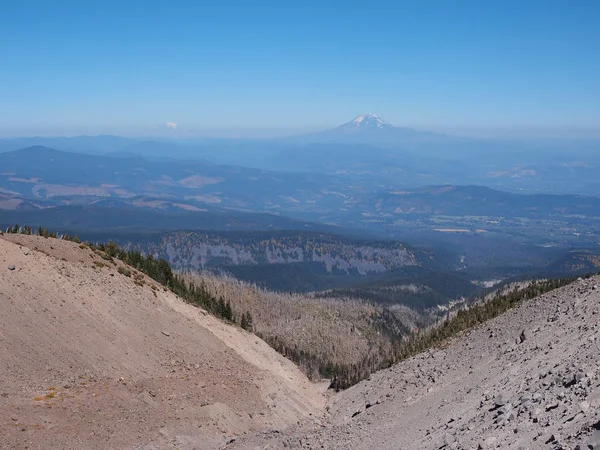
The roads that provide access to Mount Jefferson Wilderness include stops at waterfalls like Marion Falls and other cascades that serve as gateways to the high-country waterfall experiences available to backpackers and day hikers. This route showcases how wilderness designation preserves waterfall landscapes while still providing road access to falls that introduce visitors to the wild character of protected areas.
The drive demonstrates the important role that gateway waterfalls play in connecting people to wilderness experiences.
Like Travel Pug’s content? Follow us on MSN.
Santiam Pass Waterfall Route
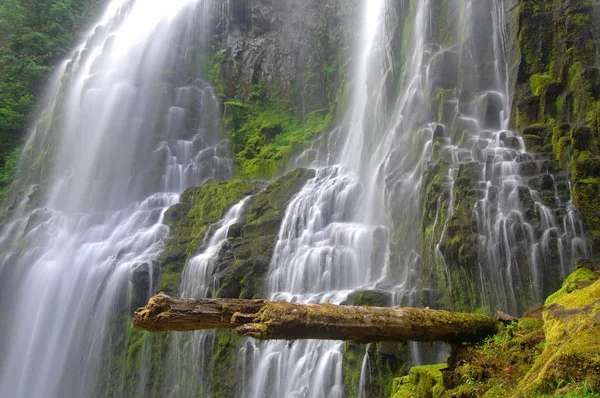
Highway 22 over Santiam Pass provides access to numerous waterfalls, including Sahalie Falls, Koosah Falls, and other McKenzie River cascades, which showcase how high Cascade passes create ideal conditions for waterfall formation. This route demonstrates how elevation changes and geological diversity create opportunities for spectacular waterfall experiences within relatively short driving distances.
The pass route shows how mountain highways can serve as waterfall discovery corridors that reveal the hidden water features of high-elevation landscapes.
Cascade Range Volcanic Falls Loop
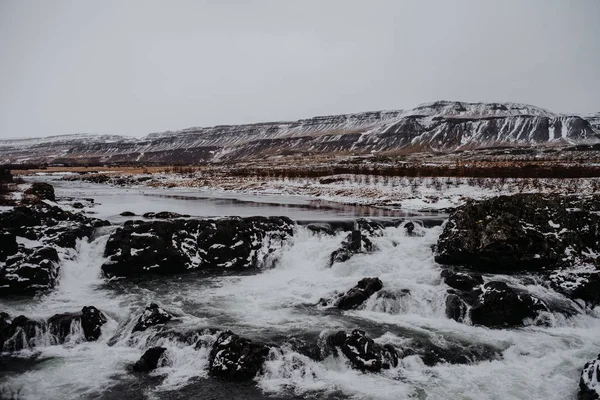
A longer circuit that connects multiple Cascade Range destinations provides opportunities to compare how different volcanic peaks and geological formations create distinctly different waterfall experiences. This route might include waterfalls near Mount Hood, Mount Jefferson, Three Sisters, and Crater Lake, showcasing how volcanic activity has shaped waterfall landscapes throughout the Oregon Cascades.
The loop demonstrates how understanding geological processes enhances appreciation of the diverse waterfall experiences available within a single mountain range.
Puget Sound Watershed Waterfalls
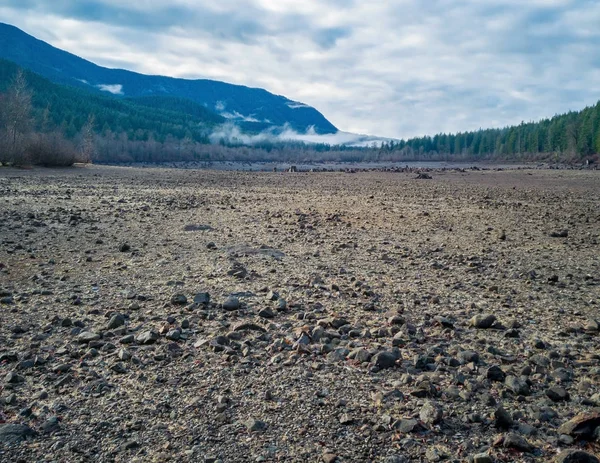
The roads that follow rivers flowing into Puget Sound provide access to waterfalls that showcase how maritime climate and steep topography combine to create year-round cascading water displays. This route includes falls on rivers like the Skagit, Stillaguamish, and Snoqualmie that demonstrate how relatively short distances from tidewater to mountain peaks create ideal conditions for waterfall formation.
The drive shows how watershed-based road trips can reveal the connections between coastal and mountain environments that define Pacific Northwest landscapes.
Like Travel Pug’s content? Follow us on MSN.
Cascading Through Time and Stone
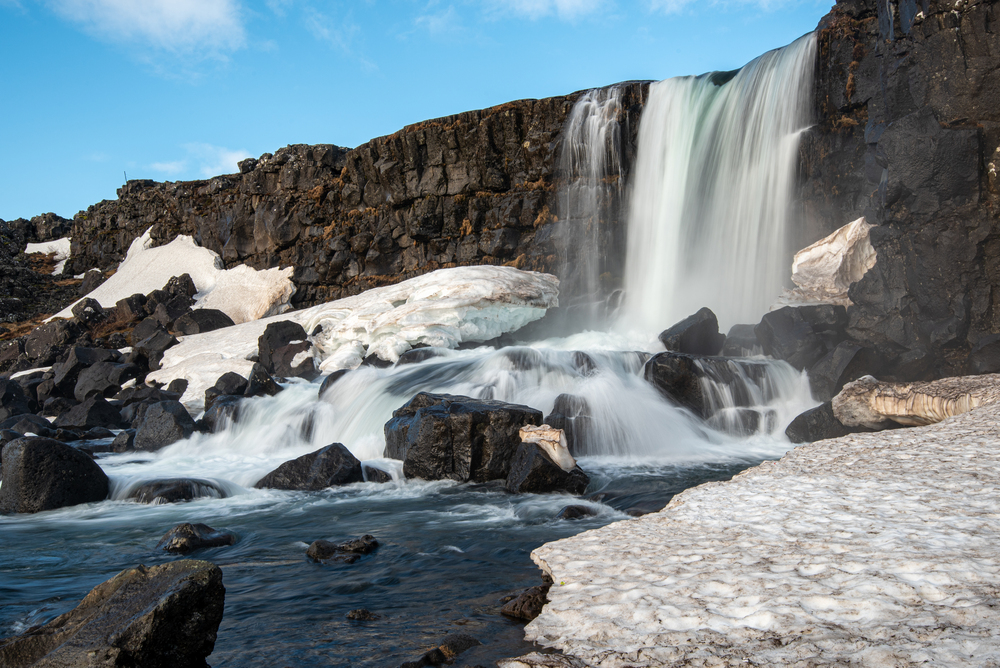
These waterfall road trips reveal the Pacific Northwest as a region where geology, climate, and topography have combined to create some of North America’s most spectacular cascading water displays. The routes range from easy highway drives that provide access to world-famous falls to adventurous forest road explorations that lead to hidden cascades known only to local waterfall enthusiasts.
Each trip offers its perspective on the natural forces that continue to shape these dynamic landscapes, from ancient volcanic activity to ongoing glacial processes that feed the region’s rivers and streams. Whether seeking the thundering power of major falls or the intimate beauty of forest cascades, these road trips provide gateways to waterfall experiences that capture the essence of what makes the Pacific Northwest one of the world’s premier destinations for those who appreciate the beauty and power of falling water.
More from Travel Pug

- 20 Best Beach Towns in the Carolinas
- 13 Destinations Where Tourists Regularly Regret Their Trip
- 20 Destinations That Are More Magical Without an Itinerary
- 20 Underrated Adventures That Belong on Your Travel List
- 20 Cities Where You Should Just Wing It, No Planning Required
Like Travel Pug’s content? Follow us on MSN.
